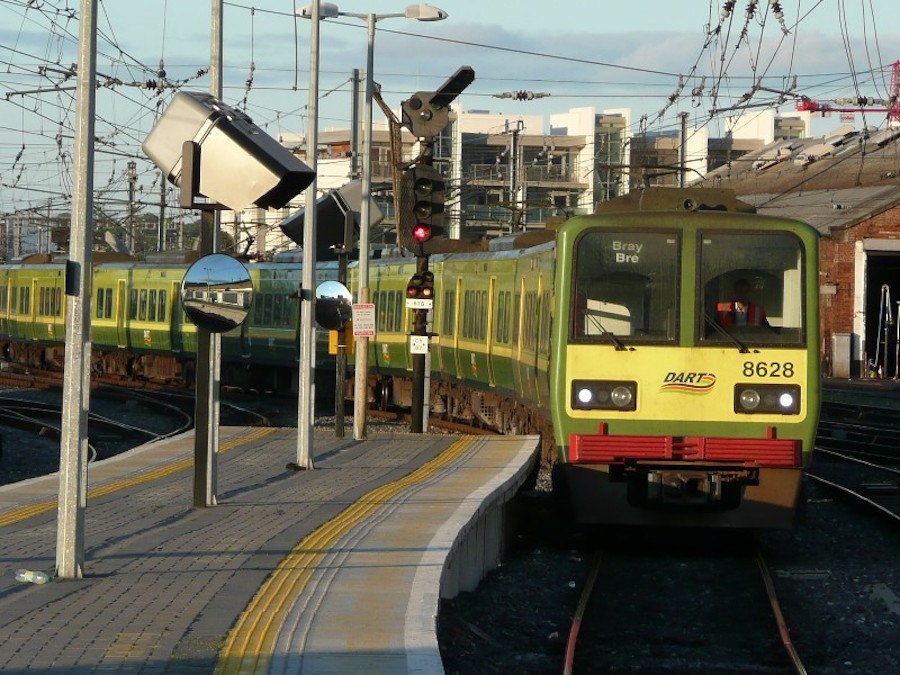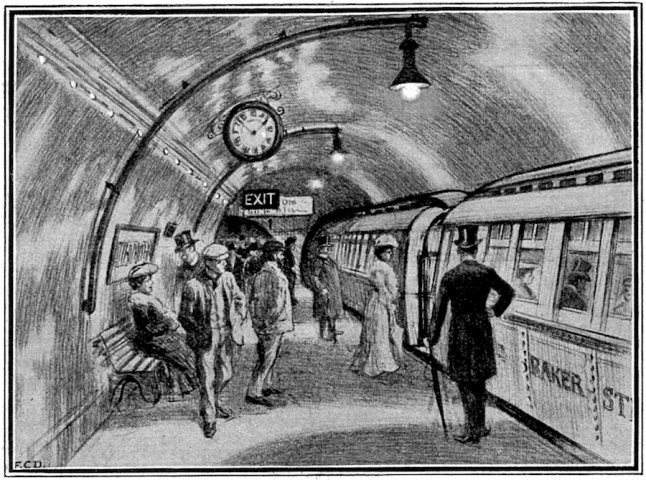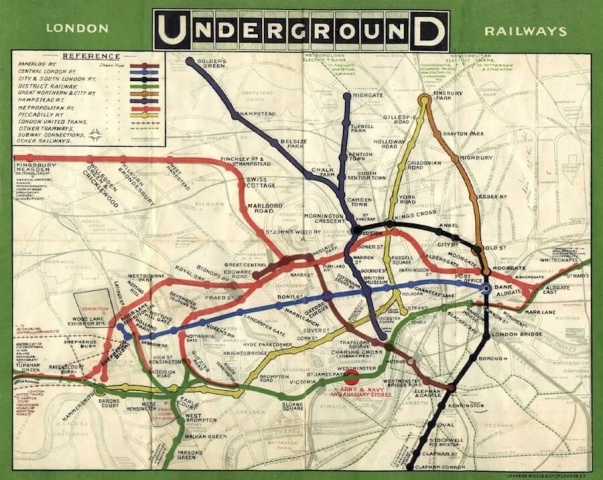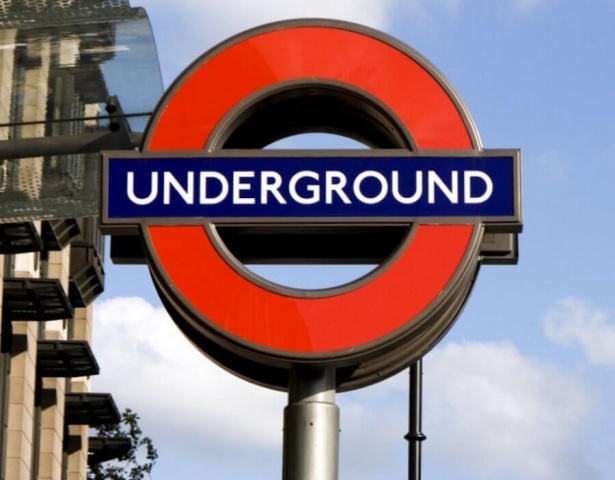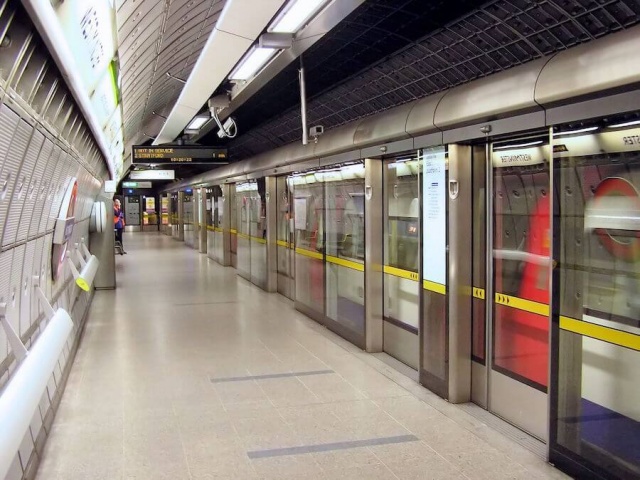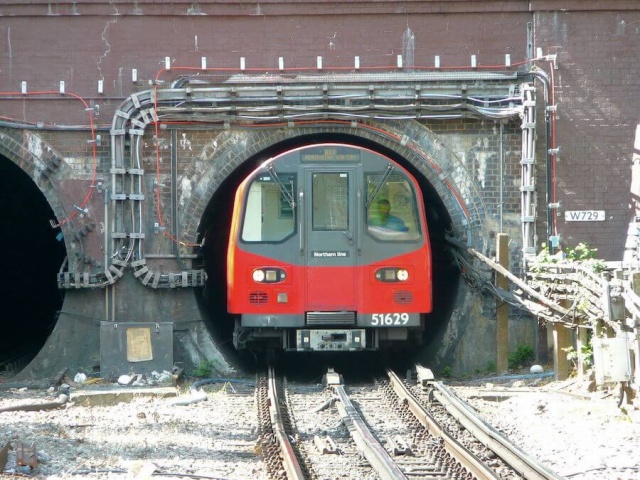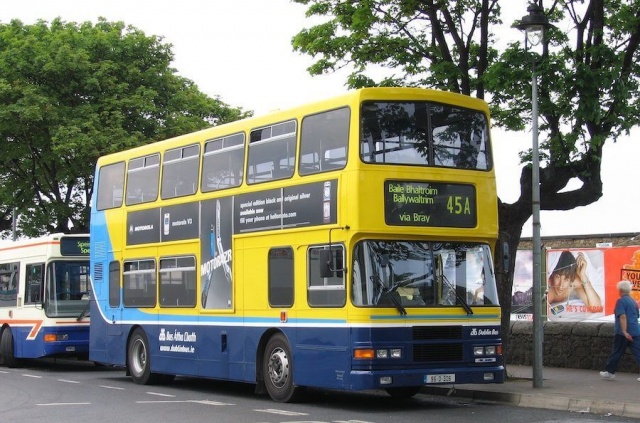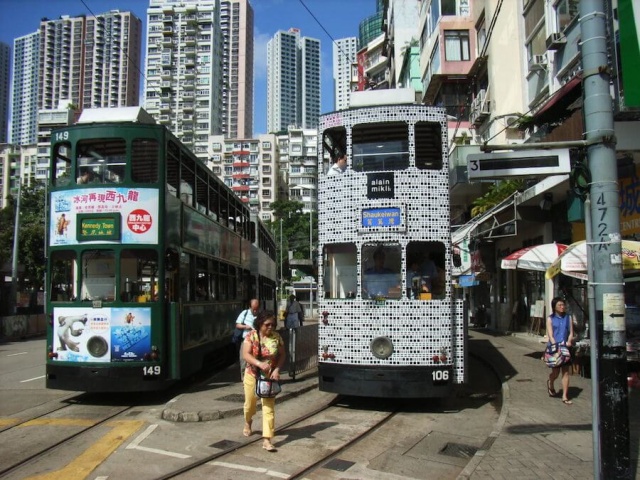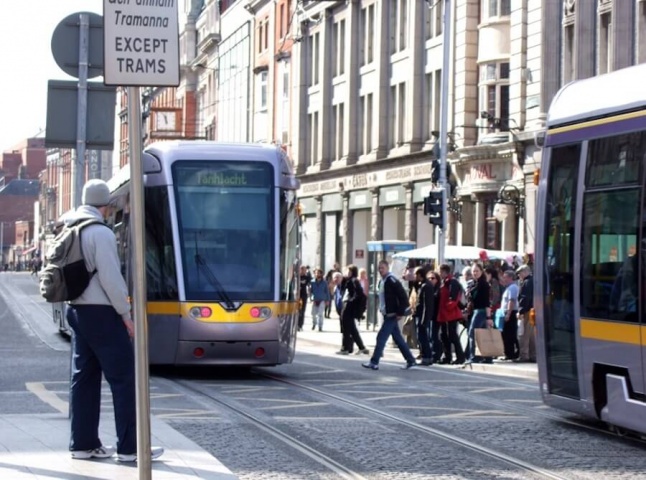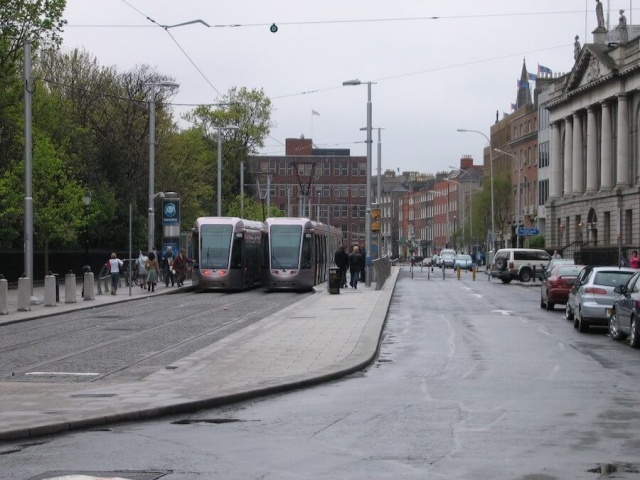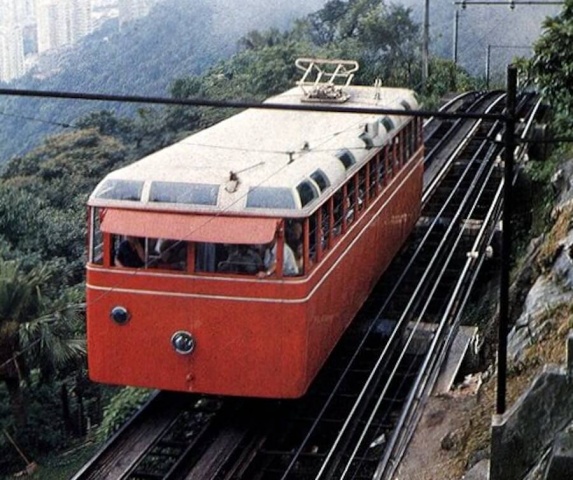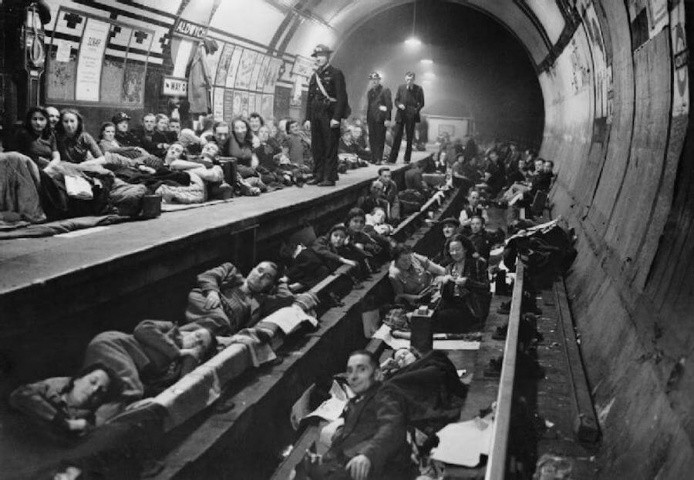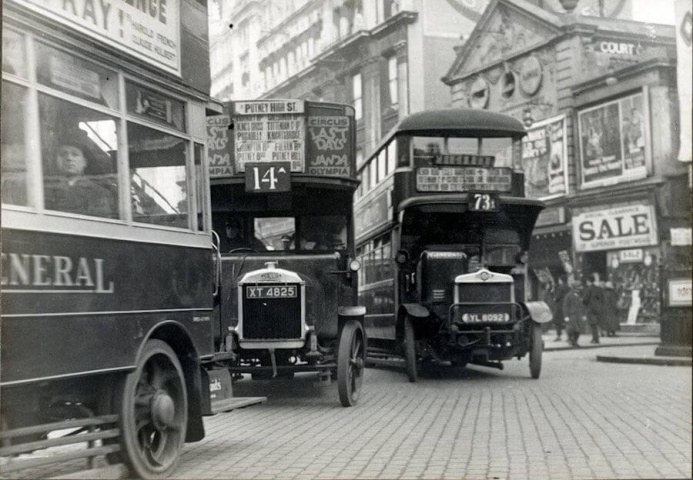This may surprise you but I actually love public transport. Raving car nut and devoted servant of the V8 and straight-six though I am, I actually really love a good public transport service, and revel in its use.
Once upon a time, as a proto-motoring hack, I lived in London and, here's the shocking truth, I didn't bother owning a car. Just didn't see the point. I lived initially within walking distance of work (hacking across Bushey Park in south west London every morning, as the innumerable planes heading for Heathrow circled overhead) and latterly, when I moved, took a short bus ride - on a bus that essentially stopped outside my front door and dropped me a five-minute walk from my office.
And do you know what? It was bliss. It probably helped that at that time I was single, had no kids to haul around with me and could take my weekends at leisure. Those weekends were spent hopping a surface train from Teddington up to Waterloo or, in a later employment, from Watford down to Euston and then surrendering myself to the embrace of the London Underground.
I loved the Underground and still do. Back when I lived in London, a million or so years ago, it was still a bit creaky and run-down in places and I'm sure it still is. The outer reaches of the Northern Line were still no-go areas except in force, while the Jubilee Line extension had yet to be built. And at Euston, if you wanted to get onto the Northern Line, you actually had to leave the main-line station, head outside, stroll for a few hundred yards down the Euston Road and back into a distantly adjoining Underground station. And that was just one of the many pieces of madness and quirks of a system that was part-public, part-private, built up over more than a century and a half in piecemeal style and clogged full of English eccentricity.
I became proud of my prowess on the Tube, eventually able to use it without even consulting the famous map, designed without scale or relevance to the surface layout of London in the style of an electrical diagram. These days, when visiting, I now have to peer myopically at the big map inside the station doors to see where I need to go, but back in the day I just swiped my all-zones day pass and rode the rails on instinct. Change at Latimer Road? You betcha...
Then there were the names - I just adore the names of London Tube stations. Ealing Broadway. Parsons Green. Mudchute. Dollis Hill. I know they just mark the entrance to stations generally set amidst urban and suburban sprawl, but who could fail to be enchanted by the Harry-Potter-esque implied romance of Barons Court (forbidding mansions there, surely) or Chalfont and Latimer (purveyors of magical goods and wands, no doubt)?
Anyway, I had a point. What was it? Oh yes, public transport - I love it. But it doesn't work very well. Let's look at this for a moment. Dublin, the only location in our own country that can be said to actually have any public transport, has seen massive investment in that network over the past three decades. The Dart. The Luas. Bus lanes. Revived surface rail. All of it has failed. Our buses are often full to bursting at peak times. Ditto the Luas and Dart and yet the roads are still clogged with cars trying to get to and fro. Public transport, for all its obvious appeal and good sense, is failing to take cars off the roads.
The situation is the same in London. All those Tube lines. All those rail links. All those shiny new hybrid buses. Now go and try to drive from the South Bank to Harrow on the Hill on a busy Friday afternoon. Good luck with that.
Ah, but you say - this is a classic case of Georgian and Victorian cities struggling to cope with the arrival of 20th century motoring. Of course Dublin and London are going to have trouble with traffic - their layouts are old and unsuited. OK so, let's try Hong Kong. An old city, to be sure, but one where they've never been afraid to bulldoze old houses and streets to make way for modernity. A city that is often said to have one of the very best (and certainly the most profitable) public transport system on the planet - a mixture of trains, tube, buses, trams (double-decker ones at that), ferries and even a vertiginous funicular railway up to the top of The Peak - the mountain that lurks behind Hong Kong's towering skyscrapers. Traffic solved? Nope - some of the worst traffic jams in the world.
So what can we learn from this? Well, it seems obvious that adding more and more public transport is not necessarily the way to go. Clearly, Ireland needs major investment in new public transport hubs and infrastructure, as the famous gap between the two Luas lines attests, but it's going to take more than that to crowbar us out of our cars and I'm worried that there's a lack of both nous and inspiration to tackle the issues. Many years ago I interviewed the then-head of the Dublin Transport Office, John Henry. His job was to basically run a think-tank that could come up with innovative ways to improve Dublin's transport networks and increase the use of public transport. At the time, the first construction on the Luas lines was kicking off, and multi-billion Euro investments were in the air, but my question was what about more short-term solutions, stuff that would help right now rather than far-off grandiose schemes. What about more park and ride facilities, I asked?
"Oh we can't do park and ride - it's much too complicated" I was told. Too complicated? I pretty much face-palmed right in front of him, and even now there is really only one P+R site in Dublin, the relatively small one that sits at the Luas Red Cow station out by the M50. In a country where Park and Ride is too complicated, where we have to have a second, enormously expensive round of investment and construction to link up two tram lines and where Metro North and airport links are still being discussed and not built, what hope is there for public transport? I love cars, love driving and won't readily give up my ignition keys but I don't actually want to drive in town - it's slow, annoying and frequently expensive yet it's still too often a preferable and more reliable alternative to public transport.
Perhaps the only solution is to move to Oslo. Norway's capital has pledged to ban all private car use in the city centre by 2019, and is investing heavily in its public transport systems in anticipation. Maybe that's the only solution - to take away the option.

